A Hutch
Owning guinea pigs requires a bit of investment initially. You’ll need to get a proper hutch - either a traditional one, which will need to be replaced every three or four years, or a modern hutch like the Eglu Go Guinea Pig Hutch. Guinea pigs need to run around and explore, so you’ll need to invest in a guinea pig run as well - these can either come with the hutch or be bought separately. Whichever hutch or run you choose it needs to be one without a mesh floor, as although this is fine for some animals, guinea pigs have small and rather delicate feet, so need a solid floor to walk on. It will also need to have a dark and a light area, with some fresh air. Have a look at our hutch section for tips and advice to help ensure you get the right one for you and your pets.
Guinea pigs like approximately the same temperatures as we do, so make a judgement call on whether you’re going to place your hutch outside in a relatively sheltered spot or inside in a quiet area. Guinea pig experts are split about whether or not guinea pigs in the UK need to be brought inside in the winter. As long as they have extra hay and bedding and plenty of food, guinea pigs can be kept outside a lot of the time, but in particularly cold or damp weather, or when it’s hovering around freezing then they would probably prefer to be somewhere warm indoors. If you foresee a long cold period, it’s better to keep your animals inside, as they don’t deal well speedy temperature alterations, such as those upon being brought into or taken out of the house.
In the summer months, your guinea pigs will need to be kept somewhere cool. They’re unable to sweat, so they’re at risk of overheating during warm weather. Be sure to put your hutch somewhere in the shade, or if they’re inside keep them out of the conservatory and out of direct sunlight, preferably with a nice window open.
Food And Bedding
Next up you’ll need to get all the feeding and bedding for the hutch. Their bed area needs to have some form of lining, like a newspaper spread over the floor. On top of the newspaper, you can use specially bought bedding or give them some soft hay (not straw - this is very coarse and can injure your guinea pig's’ eyes) for them to snuggle into and munch on when they need to line their stomachs. They’ll eat quite a lot of the hay and sleep on the rest of it, so be sure to give them plenty. Hay is a great food, a great insulator, and a great absorber to stop your guinea pigs sitting and sleeping on soiled, damp newspaper. You’ll need plenty of it throughout your guinea pigs’ lives.
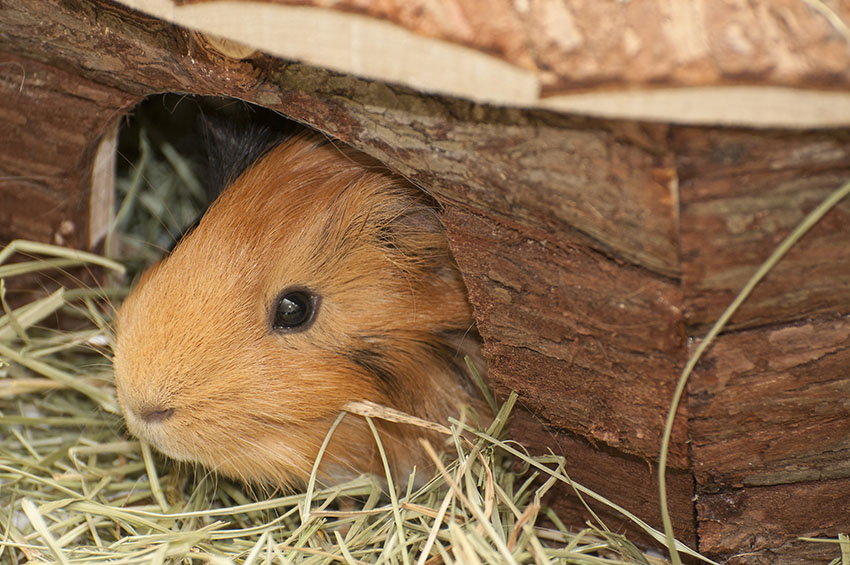
Guinea pigs are great fans of soft, tasty hay
Once you’ve created a nice, lined home for them and settled it in a good place, you’ll need to kit out their home with some food. You’ll need a couple of things to be able to feed and water your guinea pigs properly. Firstly, you’ll need a special guinea pig bottle You can fix these to the side of your guinea pig’s home for easy access for everyone: for you to clean it out, and for them to drink from it. The food from guinea pigs’ mouths will go back up the spout and swill around in the water, so it’ll need to be cleaned out regularly.
Next you’ll need a food bowl. This should be quite weighty so they don’t tip it out, as you’ll find that guinea pigs will quite often stand in their food to get at their favourite treats. Finally your new pets will need dry and fresh food - check out our feeding section for detailed info on how to feed your new guinea pigs.
If you follow these guidelines for your guinea pig’s carry-case then the trip home will be very comfortable for them too. Often shops or sanctuaries will offer you a box, but if they don’t, then something with a relatively low lid, air holes and a very firm base that won’t fall through will be ideal.
Medical And Grooming Equipment
It’s a good idea to have some equipment and some products to keep your guinea pig in good health. Some items to stock up on include mange treatments, anti-mite shampoos, guinea pig shampoos and scales. You’ll need some nail clippers and a wide toothed comb for your grooming sessions as well. You may need to add to this as time goes on, but this should be sufficient for at least the first few weeks.


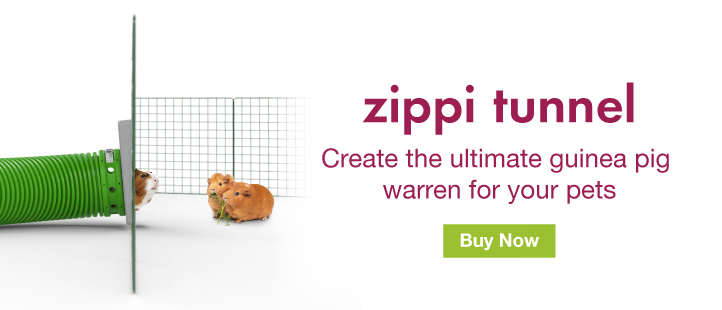


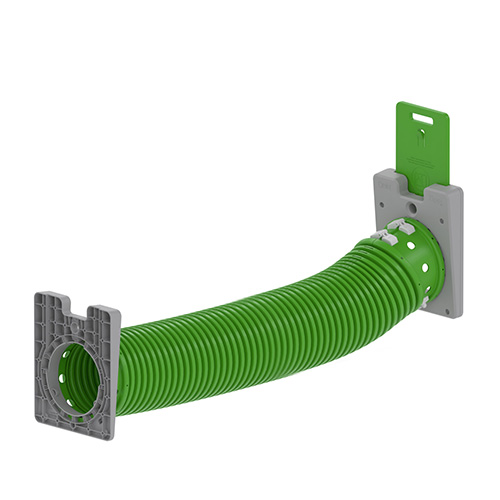
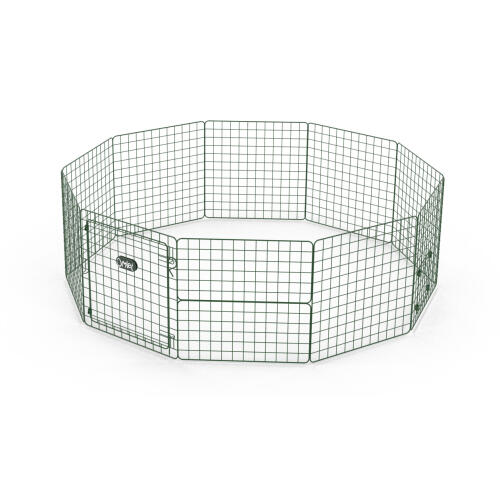
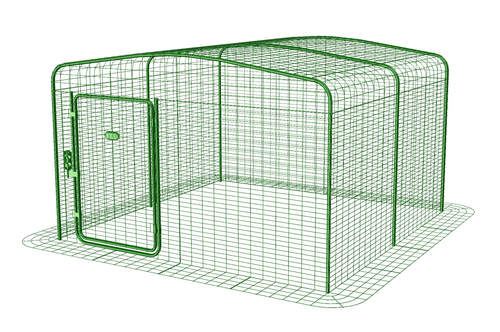
Comments
There are no comments just yet